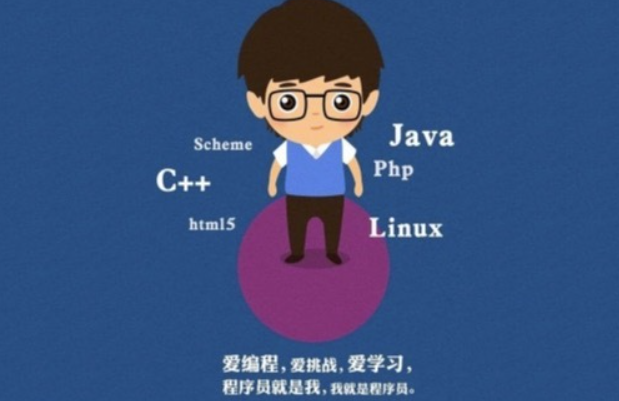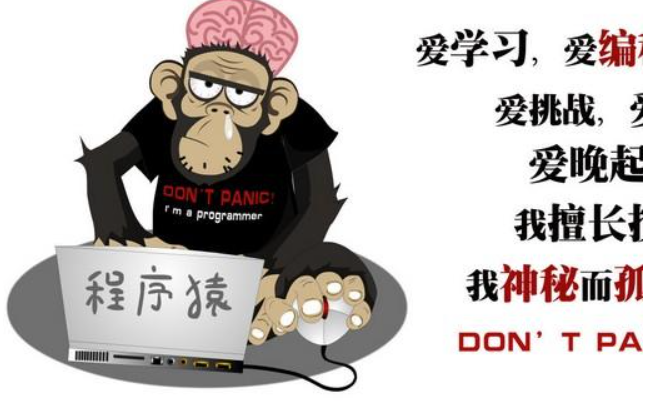The six steps commonly followed in requirements engineering are as follows:
Requirements Elicitation: This step involves gathering and capturing requirements from stakeholders, including end users, clients, and domain experts. Techniques such as interviews, surveys, observations, and workshops are used to elicit requirements.
Requirements Analysis: In this step, the gathered requirements are analyzed to identify inconsistencies, conflicts, and ambiguities. The goal is to understand the stakeholders’ needs and goals while ensuring that the requirements are complete, correct, consistent, and feasible.
Requirements Specification: Once the requirements have been analyzed, they need to be documented in a clear and unambiguous manner. This involves creating requirement specifications that define the functional and non-functional aspects of the software system. These specifications serve as a foundation for design and development.
Requirements Validation: Validation ensures that the specified requirements meet the stakeholders’ expectations and align with their needs. Various techniques like reviews, walkthroughs, prototyping, simulations, and formal verification methods are employed to validate the requirements against quality criteria.
Requirements Management: As project dynamics change over time or new requirements emerge during development or maintenance phases, it becomes essential to manage these changes effectively. Requirements management involves maintaining traceability between different artifacts (e.g., user stories, use cases) and managing change requests through a systematic process.
Requirements Communication: Effective communication of requirements among all project stakeholders is crucial for successful software development. This step involves sharing requirement documents, conducting meetings or presentations to ensure common understanding among team members and obtaining feedback for continuous improvement.
It’s important to note that these steps may not always follow a linear sequence but often involve iterations and feedback loops throughout the software development lifecycle.
内容由零声教学AI助手提供,问题来源于学员提问






 &1 请帮我分析有什么问题,这是在操作shar..." />
&1 请帮我分析有什么问题,这是在操作shar..." />











